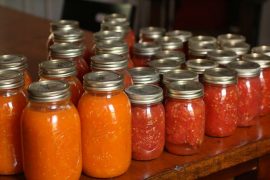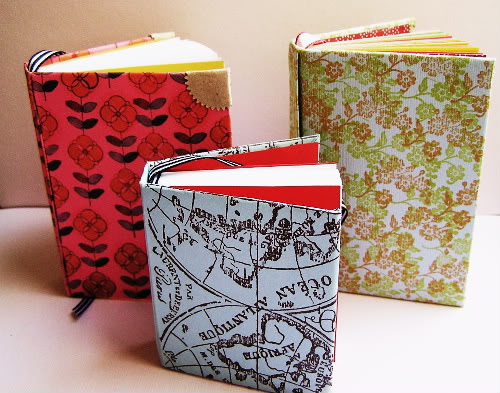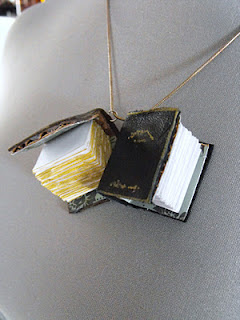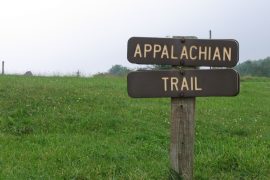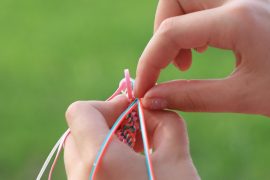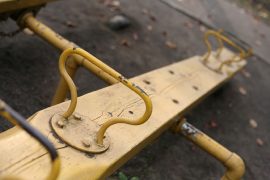Lordy, it’s hot. And the heat makes me cranky. When I saw that the temps were creeping up to the 90s and beyond this week, I vowed to stay in the airconditioning. Trust me; it’s best for everyone involved.
So don’t even tell me what the heat index is. I really don’t want to know. But I have always been fascinated with how it is calculated. What are the variables that affect the heat index? Let’s take a look.
The heat index is how it really feels when the humidity is figured in. (Those of you who live in a climate with dry heat have no clue about this. Count yourselves lucky.) When the humidity is high, the heat index goes up, producing a hot, sticky mess that makes my hair frizzy and sours my otherwise lovely temperament.
The thermometer may say 95 degrees Fahrenheit, but if there’s significant humidity, it might feel like it’s 105. But of course meteorologists don’t guess at this number. There’s an actual formula that’s used to find the heat index.
Before we get to that, let’s consider the variables involved. According to the National Oceanic and Atmospheric Administration (NOAA), there are 20 (yes, twenty) variables that are used to calculate the heat index. These range from vapor pressure to the dimensions of a human to ventilation rate to sweating rate (ew). Because most of these are very specific to each person, a mathematical model was used to determine an appropriate range for each. This allows meteorologists to use a (relatively) simple formula for finding the heat index:
HI = -42.379 + 2.04901523T + 10.14333127R – 0.22475541TR – 6.83783(10-3T2) – 5.481717(10-2R2) + 1.22874(10-3T2R) + 8.5282(10-2TR2) – 1.99(10-6T2R2)
Pretty, right? It’s actually not that hard to understand, if you break down the pieces. First, let’s define the variables.
HI = heat index
T = ambient dry bulb temperature (in Fahrenheit)
R = relative humidity (integer percentage)
So there are basically three variables, one being what we are looking for — the heat index. If you were to use this formula, you would need to know two things: the ambient dry bulb temperature (which is merely the ambient temperature as measured by a thermometer) and the relative humidity.
If you put to work the logical part of your brain that notices connections and patterns (yes, you do have one), the math becomes clear. When the temperature and relative humidity go up, so does the heat index. How do you know that? Look at the equation. It’s full of addition and multiplication. In fact, aside from the negative exponents (which actually yield smaller numbers), the equation is based solely on increasing values.
(That is, unless you have negative values for T and R. But in that case, you wouldn’t be figuring the heat index, right? A negative T means a negative air temperature, which is really cold in Fahrenheit. And I’m not sure that relative humidity can be negative at all.)
Now, almost nothing is absolute in weather prediction and measurement, right? And this equation is no exception. As NOAA points out, this equation is created by multiple regression analysis, which means it is not exact. (Basically, in this process, the mathematicians are fitting points to the closest line. Think of a bunch of points on a graph and how you can draw a predictable line or curve that is closest to all of those points.) There is in fact an error of ±1.3 degrees Fahrenheit. But what’s 1.3 degrees when you’re looking at a heat index of 102? Either way, it’s still darned hot.
How do you manage the heat? Do you head inside or hide in a cool, dark place? Share your ideas in the comments section.

